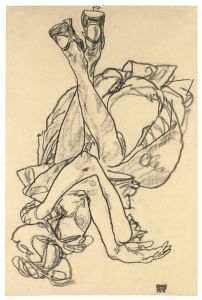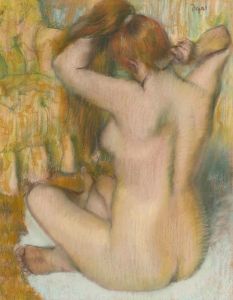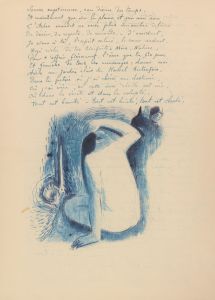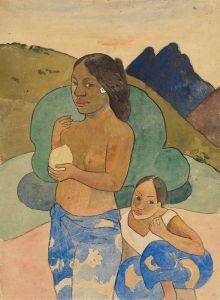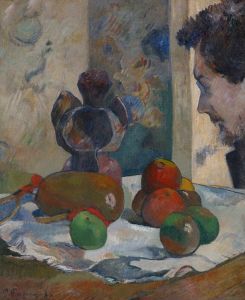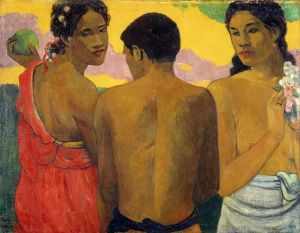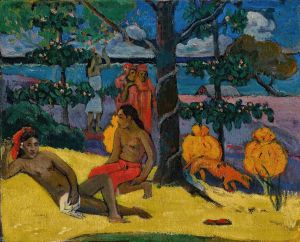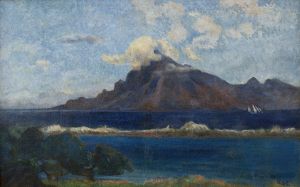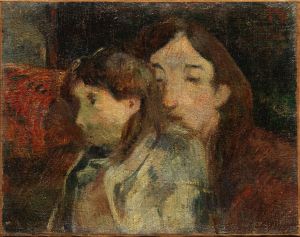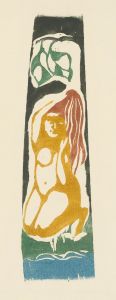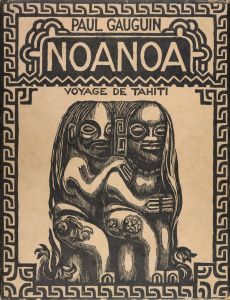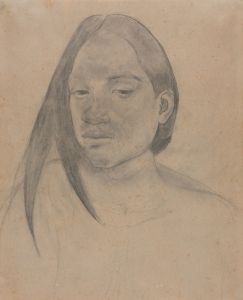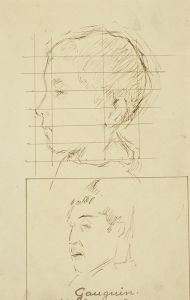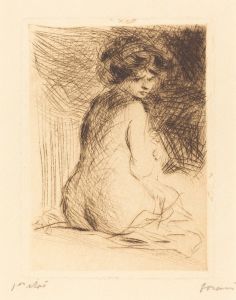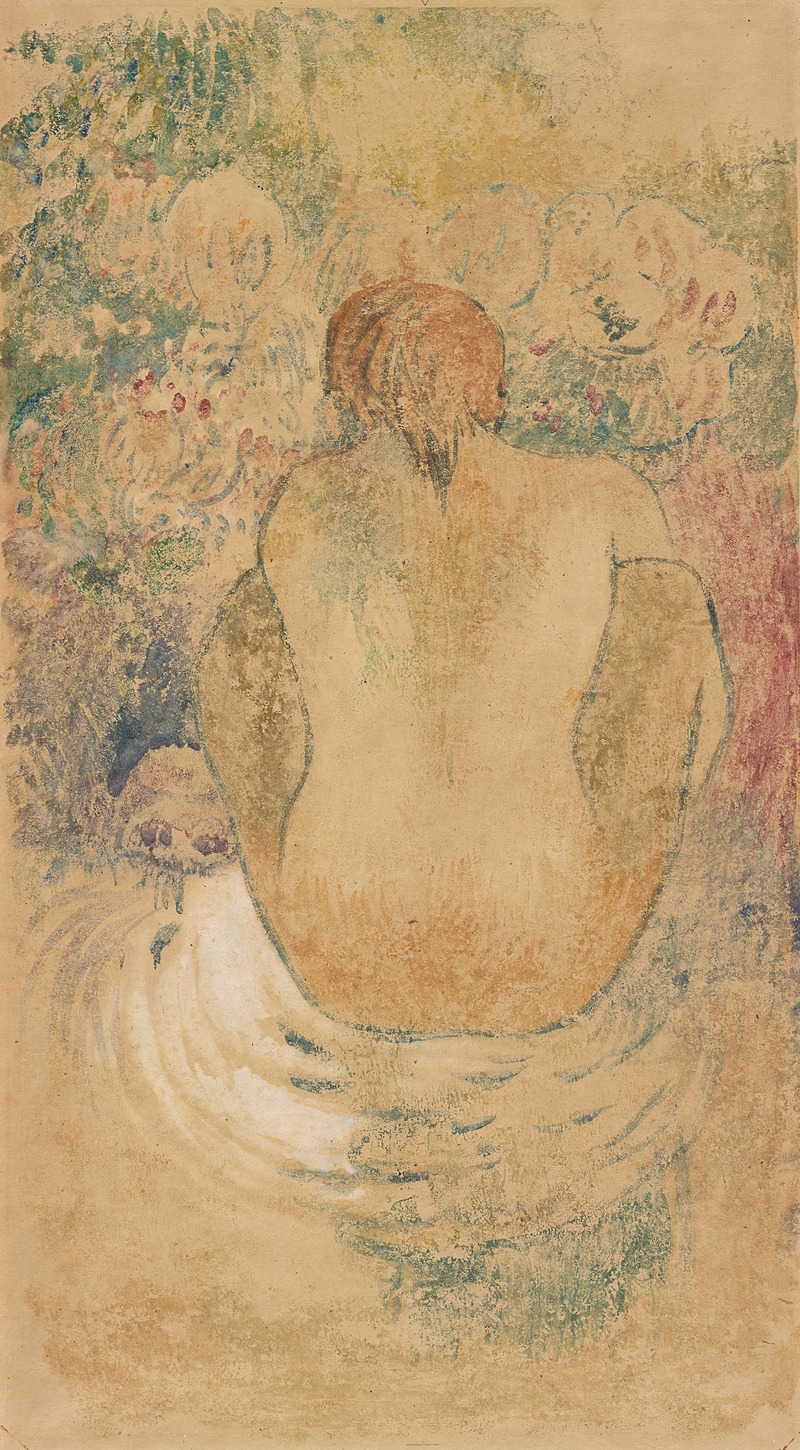
Crouching Tahitian Woman Seen from the Back
A hand-painted replica of Paul Gauguin’s masterpiece Crouching Tahitian Woman Seen from the Back, meticulously crafted by professional artists to capture the true essence of the original. Each piece is created with museum-quality canvas and rare mineral pigments, carefully painted by experienced artists with delicate brushstrokes and rich, layered colors to perfectly recreate the texture of the original artwork. Unlike machine-printed reproductions, this hand-painted version brings the painting to life, infused with the artist’s emotions and skill in every stroke. Whether for personal collection or home decoration, it instantly elevates the artistic atmosphere of any space.
Paul Gauguin's "Crouching Tahitian Woman Seen from the Back" is a notable work that exemplifies the artist's fascination with the culture and people of Tahiti. Painted in 1892, during Gauguin's first extended stay in Tahiti, this piece reflects his desire to capture the essence of the island's indigenous population and their way of life, which he perceived as more authentic and unspoiled compared to European society.
The painting depicts a Tahitian woman in a crouching position, viewed from behind. This perspective is significant as it emphasizes the natural form and posture of the subject, focusing on the contours and lines of her body. Gauguin's use of bold colors and simplified forms is characteristic of his style during this period, influenced by both the Symbolist movement and his own quest for a more primitive and pure form of artistic expression.
Gauguin's time in Tahiti was marked by a deep interest in the local culture, although his understanding and representation were often romanticized and filtered through his own Western perspective. He sought to escape the industrialization and materialism of Europe, believing that Tahiti offered a more genuine connection to nature and humanity. This idealization is evident in his portrayal of the Tahitian people and landscapes, which often blend reality with myth and imagination.
In "Crouching Tahitian Woman Seen from the Back," Gauguin employs a palette of warm, earthy tones, which serve to highlight the natural beauty of the subject and her surroundings. The background is typically abstracted, allowing the viewer to focus on the figure itself. This approach is consistent with Gauguin's broader artistic goals, where he often prioritized emotional resonance and symbolic meaning over realistic representation.
The painting is also reflective of Gauguin's interest in the human form and his exploration of different poses and perspectives. By choosing to depict the woman from the back, Gauguin invites the viewer to consider the subject's identity and story, while also emphasizing the universal aspects of the human experience. This technique can be seen in other works by Gauguin, where he often plays with perspective and composition to evoke a sense of mystery and introspection.
Gauguin's work in Tahiti, including "Crouching Tahitian Woman Seen from the Back," has been the subject of much analysis and critique. While his paintings are celebrated for their vibrant color and innovative style, they also raise questions about cultural representation and the artist's role in interpreting and depicting other cultures. Gauguin's romanticized vision of Tahiti has been criticized for perpetuating stereotypes and overlooking the complexities of the island's society and history.
Despite these critiques, Gauguin's Tahitian paintings remain influential in the art world, offering insight into his unique approach to color, form, and composition. "Crouching Tahitian Woman Seen from the Back" is a testament to Gauguin's enduring fascination with the exotic and his quest to capture the spiritual and emotional essence of his subjects. The painting continues to be studied and appreciated for its artistic merit and its place within the broader context of Gauguin's oeuvre and the post-impressionist movement.





